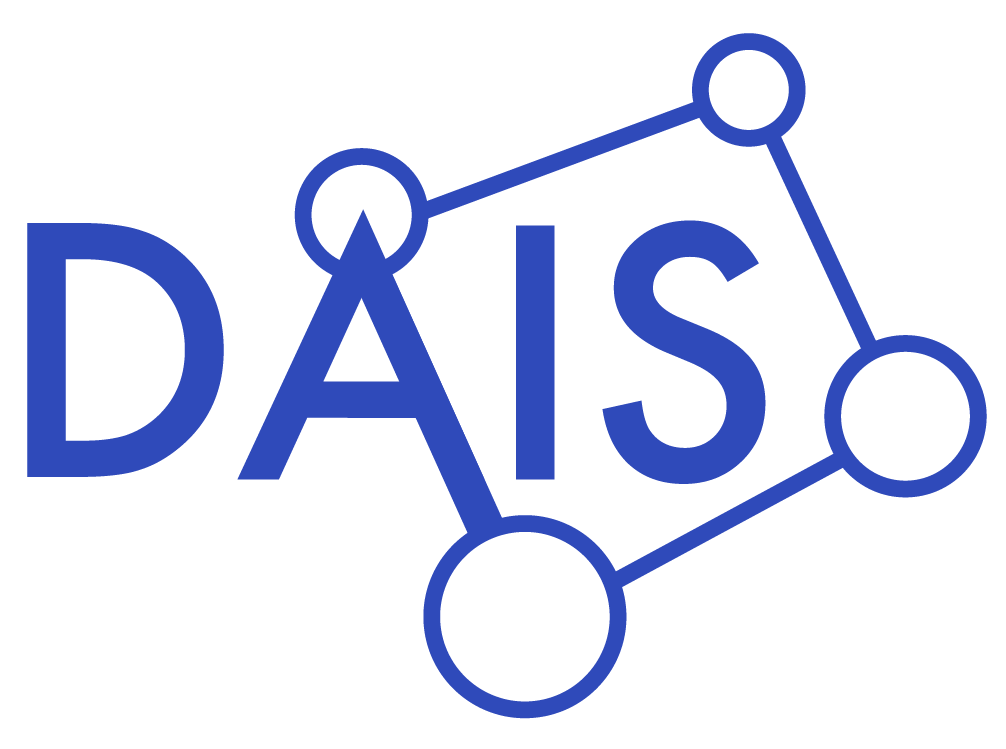Digital Life
More and more, our lives are exposed to a wide variety of digital services whatever we do and however we live our day. Mobility requirements of modern people demand private and professional spaces to be more fulfilling, secure and privacy protecting. In addition, due to the ongoing covid-19 pandemic period (and most probably post-covid era) most of the people had to transform their homes into a working space; and working spaces needed to adapt to the current situation and implement the health requirements of the pandemic, such as special distance seating, and less human to human interaction. All these measures resulted in a new lifestyle with implications on many digital services, such as how people interact with the world and one another, and how new technologies and trends will evolve.
Under these emerging market and technology driven environment, our demonstrators focus on professional and personal spaces that can adapt to requirements of comfort, security and sustainability for this nomadic use. While traditional approaches achieving this ambition lie in gathering mostly heterogenous data in a centralized cloud system, possibly leading to a breach in privacy and security, current state of the art utilizes the ubiquitous nature of edge devices and networks to provide privacy preserving, sustainable, and comfortable spaces. However, the constraints and limitations of these devices, such as low power, low computational capacity, diversity and fragmentation in working principles etc. challenge the support of the advanced computationally intensive machine learning systems keeping up with the demands of the today’s nomadic life. The selected demonstrators within DAIS are constructed to successfully overcome these challenges by designing novel distributed artificial intelligence algorithms on edge networks on a set of different types of edge components in private and professional spaces.
The technologies such as federated learning, edge computing, distributed data analytics models, speech and audio processing, and data privacy, authorization and authentication methods will be put into work in order to provide the requirements of better performing artificial intelligence services with low latency and power consumption.
General objectives:
1) Define a joint understanding of states of an office and distribute the calculation and the storage thereof over a network of connected low powered devices that also connect the sensors.
2) Contribute to edge hardware and accompanying machine learning software for ultra-low power energy efficient fully autonomous smart intelligent IoT devices
3) Integrate a software layer supporting transport of data for the distributed AI system, based on multiple access technologies, with a focus on (private) 5G networks
4) Personal media recommendation system incorporating the analysis results coming from the different analytics components running on a distributed AI edge platform of consumer electronics devices
5) Voice centric analytics components which will run on multiple devices for pre-processing activities,
6) Utilizing different edge hardware components and AI computation modules for the distributed AI edge platform
7) Lower data storage and computing power server costs for the companies commercializing this technology
8) Better integration of renewable energy in our energy system and a safer, stable energy grid by fast local responding devices
Demonstrators:
- Smart lighting solutions and Edge AI in an Office environment (TUE)
- Privacy preserving distributed personal TV recommendation system (Vestel)
- Future work environments and Sociotechnical system impact mechanism-concept (Tieto)
Partners:
Vestel (Leader), NXPNL, TUE, TUD, ANYWI, ALM, Imec, SIRRIS, Sestek, Akim, NURO, SENS, NXPGE, Tieto
